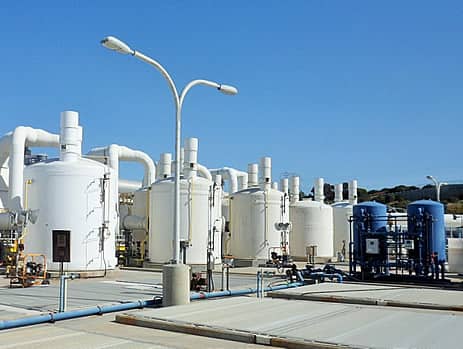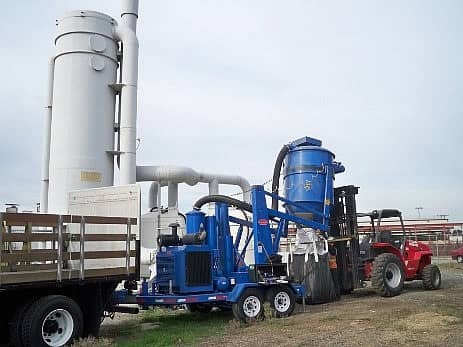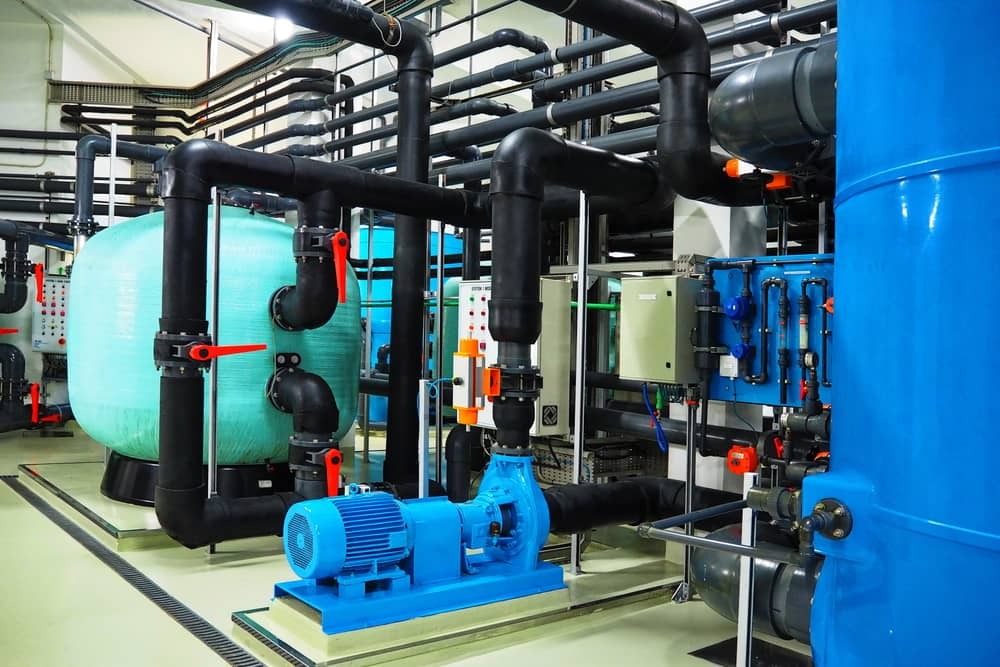Odor Control Filter

Karbonous Inc. offers a wide range of carbon filters for odor control products (activated carbon odor control). These specialty carbons are produced from various raw materials to treat nuisance odors.
These products, including odor control filters, consist of both impregnated and non-impregnated activated carbons.
Application for Activated Carbon Odor Control:
Wastewater treatment
Hydrogen sulfide and mercaptan removal
Industrial air purification systems
Odor control systems
Rendering Plants
Recycling
Leather Manufacturing
Paper and Pulp
Municipal Solid Waste
Fertilizer Processing Odor control systems
Fertilizer Processing
Cannabis/Grow Operations
Food Processing (involving poultry and meat, fish meal, grease, and fats)


Molecular Carbon Filter Odor Control Is a Technology for Removing Odor
Odor elimination needs a different strategy than traditional dust and particle management and removal. Standard filtration may efficiently remove solid and dust particles. Specialized filter media can collect even very tiny (sub-micron) particles. A HEPA filter, for example, catches 99.97 percent of 0.3 millimeter particles, including viruses and bacteria.
Most odor control filters are made up of even smaller molecules (0.01 micron or smaller) that are dispersed as a gas or vapor in the air. A HEPA or MERV filter will not catch chemical contaminants or odors. We need to utilize molecular filtration techniques to collect these tiny molecules, which use chemical or physical processes to trap small molecules within the medium. Adsorption is the most widely utilized kind of molecular filtration. The physical attraction of a gas or liquid molecule to a solid surface is known as adsorption. The surface traps the odor molecule via physical forces known as van der Waal’s forces.
Impregnated Activated Carbon’s Most Common Applications
| Aldehydes (e.g., Acetaldehyde, Acrolein, Formaldehyde) | Ammonia (NH3) and Amines |
| Carbon Dioxide (CO2) and Carbon Monoxide (CO) | Fuel Gases (e.g., Acetylene, Butane, Ethane, Ethylene, Propane, Methane, Propylene) |
| Hydrogen, Hydrogen Bromide (HBr), Hydrogen Chloride (HCl), Hydrogen Selenide (H2Se), and Hydrogen Sulfide (H2S) | Mercury (Mg) |
| Nitrogen Dioxide (NO2) and Sulfur Dioxide (SO2) | Radioactive Iodine and Organic Iodides |
How does activated carbon remove odor?
By acting as an adsorbent, the activated carbon absorbs and retains unpleasant odors by trapping and keeping the odor inside the activated carbon. Activated coconut and coal carbon are good adsorbents due to their huge surface area. Virgin activated carbon is effective at removing unpleasant and harmful odors, pollutants, and VOCs by absorbing and adsorbing them. Activated carbon is very successful in drawing molecules into itself and holding them by adsorbing them, as well as attracting and retaining molecules on its surface, into its micro and macropores.
How do carbon air filters trap gaseous pollutants?
The method through which activated carbon air filters remove pollutants from the air is called adsorption. This is not the same thing as absorption. The item you want to remove (let’s say water) is absorbed into the absorbent’s structure (like a sponge), but it does not become a molecular component. As a result, water isn’t chemically bonded to a sponge when it is used to absorb water. It just fills up the gaps inside it.
Carbon filters, on the other hand, use adsorption rather than absorption to achieve their results. The primary difference is that during adsorption, pollutants attach to the carbon’s surface. Absorption, on the other hand, involves contaminants being absorbed inside the structure itself – much like a sponge.
How do I reactivate my carbon filter? Is it feasible?
It is possible to resuscitate the carbon, but doing so would require restoring it to the 900°C temperature at which it was formed. When used activated carbon is revived, all pollutants that were absorbed are released. Such pollutants can become dangerous at greater temperatures.
Keeping these factors and the cost of reactivation in mind, it is better to dispose of the used one and get a new one.
